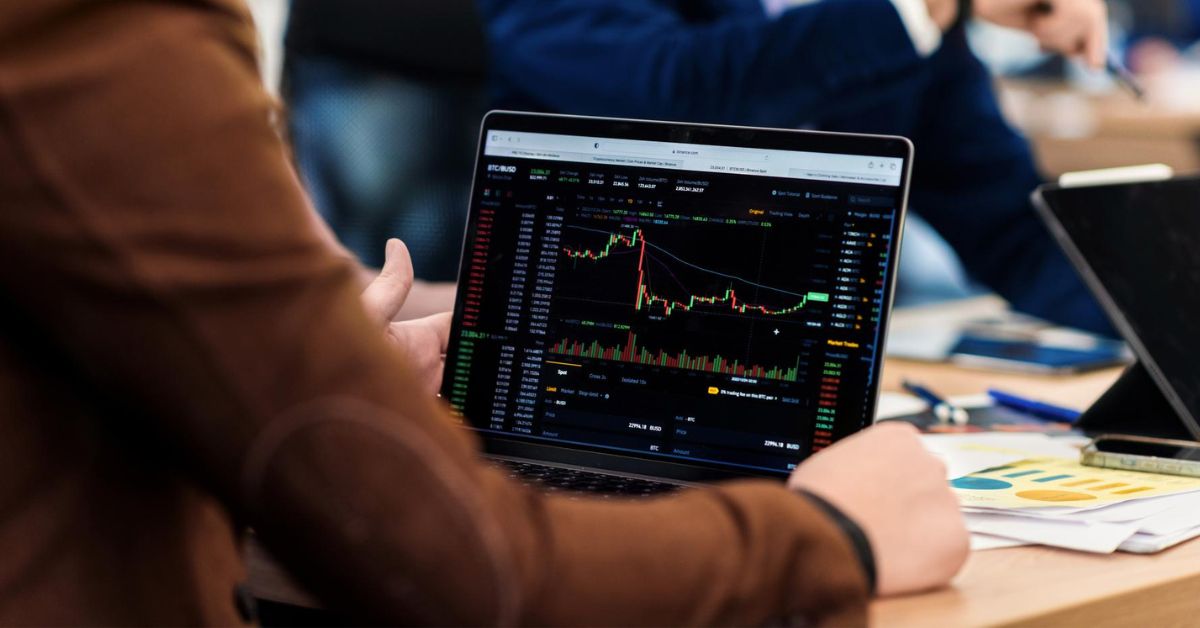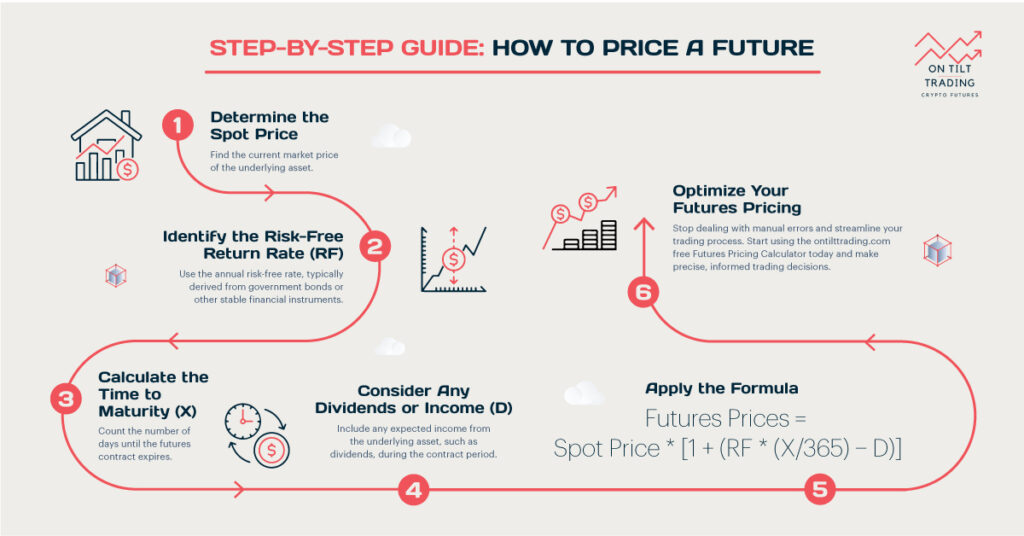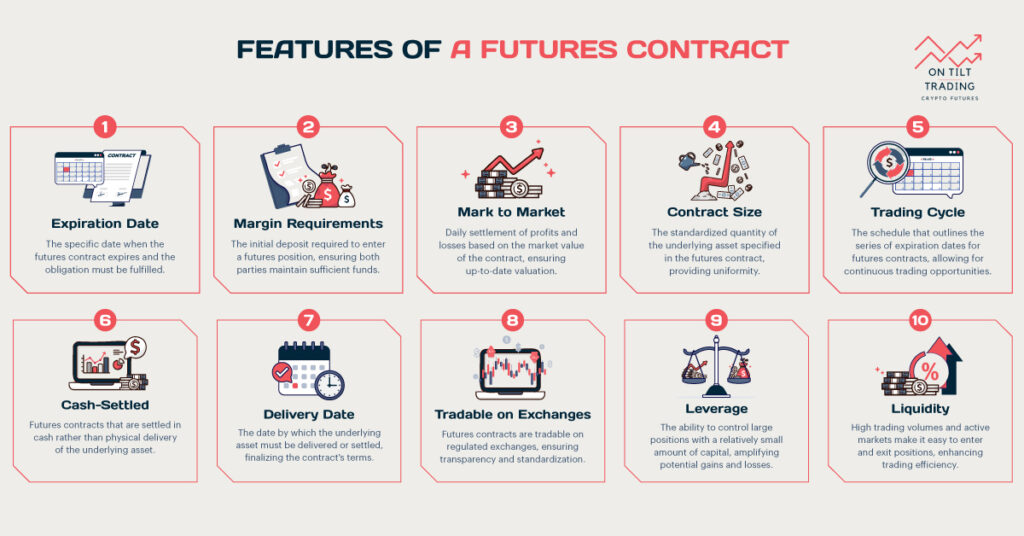Perpetual futures have gained popularity in recent years in the financial world. Their unique characteristics and potential for profit have captivated traders. Perpetual futures don’t expire like traditional futures, so traders can hold positions indefinitely, which raises interesting questions about how they affect market dynamics. In this article, we will explore does perpetual futures affect spot prices and how affect the spot price. After reading this comprehensive analysis, the dynamic interplay between these two critical components of financial markets will become clearer.
What are Perpetual Futures?

A perpetual future is a futures contract with no expiration date, so traders can hold positions forever. Both short-term speculators and long-term investors like perpetual futures because of their flexibility.
Traditional futures contracts require settlement on a specific date, but perpetual futures use funding mechanisms to keep prices close to the spot. A key feature of perpetual futures is the funding rate, which is paid periodically between long and short positions to keep the cost of the futures contract the same as the spot price.
When the perpetual futures price is higher than the spot price, long-term investors pay the funding rate to short-term investors. The mechanism encourages traders to take positions that bring the futures price closer to the spot price.
Mechanics of Perpetual Futures
The absence of an expiration date in perpetual futures necessitates the use of funding rates. They’re usually calculated and exchanged every eight hours, so the futures price doesn’t diverge much from the spot price. The difference between the perpetual futures price and spot price, plus borrowing and lending interest rates, determines the funding rate.
Perpetual futures also have a marked price, which prevents market manipulation and liquidation. A mark price is a weighted average of the spot price and the perpetual futures price, and it triggers liquidations if margin requirements aren’t met. The system keeps the market stable and protects traders from undue risk.
What is Spot Price?
The spot price refers to the current market price at which an asset can be bought or sold for immediate delivery. It is a critical component of financial markets, reflecting the real-time value of an asset based on supply and demand dynamics. The spot price is widely used across various asset classes, including commodities, cryptocurrencies, stocks, and forex.
In the spot market, prices fluctuate based on the most recent trades and a lot of things. It provides a reference point for evaluating the current market value of an asset for both buyers and sellers. Making informed decisions and executing trades at the right time depends on understanding the spot price.
Factors that Influence Spot Price
Several factors can influence an asset’s spot price. One of the primary determinants is supply and demand. When demand increases for an asset, its spot price rises, and when supply increases, its spot price falls. Also, market sentiment shapes spot prices because it reflects traders’ and investors’ expectations.
Macroeconomic indicators, such as inflation rates, interest rates, and economic growth, can impact spot prices as well. For instance, higher inflation can drive up the cost of commodities like gold, which is seen as a hedge against inflation. Also, geopolitical events and policy decisions can cause sudden shifts in supply and demand.
In markets like cryptocurrencies, technological advancements and innovations can also affect spot prices. Blockchain upgrades and regulatory changes can affect market perceptions and the spot price of digital assets. Traders need to stay on top of these factors so they can better anticipate price movements.
Does Perpetual Futures Affect Spot Prices?

Perpetual futures can affect spot prices significantly through arbitrage, liquidity provision, and market sentiment. Arbitrage helps align prices between spot and futures markets by quickly adjusting discrepancies. Additionally, the increased liquidity from perpetual futures trading can stabilize spot prices and reduce volatility.
As traders adjust their positions in response to futures market signals, market sentiment can also influence spot prices. In general, perpetual futures contribute to the efficiency and stability of spot markets, making them essential to modern financial trading.
The Relationship Between Perpetual Futures and Spot Price
Perpetual futures and spot prices interact dynamically, affecting trading strategies. Traders need to understand how perpetual futures can affect spot prices and vice versa.
Theoretical Perspective
Arbitrage is the key to understanding the relationship between perpetual futures and spot prices. Arbitrage is when you buy and sell something at different prices to profit from discrepancies.
In theory, the price of perpetual futures should closely align with the spot price due to arbitrage opportunities. In arbitrage, traders buy the cheaper asset and sell the more expensive one when the futures price deviates from the spot price.
Perpetual futures use a funding rate mechanism to maintain this equilibrium. If perpetual futures prices are higher than spot prices, traders with long positions pay a funding rate to those with short positions, encouraging short selling.
In contrast, if perpetual futures prices are lower, shorts pay the funding rate to longs, encouraging them to buy. This dynamic ensures that the perpetual futures price remains closely linked to the spot price.
Empirical Evidence
In theory, perpetual futures are related to spot prices, but empirical evidence supports this theory. Studies have shown that perpetual futures markets can have a stabilizing effect on spot prices due to the arbitrage mechanism.
For example, perpetual futures have increased liquidity in cryptocurrency markets and reduced volatility. With perpetual futures, traders can hedge their positions and manage risk, making spot prices more stable.
Real-world examples also illustrate this relationship. In the Bitcoin market, for example, perpetual futures contracts often trade at prices very close to the spot price. Whenever significant price discrepancies occur, arbitrageurs quickly exploit them, bringing prices back into line. The interaction between perpetual futures and spot prices keeps the market efficient and makes prices more predictable for traders.
Potential Risks and Considerations

The advantages of perpetual futures are numerous, but they also come with inherent risks that traders must consider. Making informed decisions in this fast-paced financial world requires understanding these risks.
Market Manipulation
While perpetual futures can enhance market efficiency, they also present risks, particularly regarding market manipulation. Their unique characteristics, like the possibility of manipulating funding rates, make them vulnerable to manipulation. Trading in perpetual futures can lead to significant distortions in spot prices when unscrupulous traders create artificial demand or supply.
For instance, a trader can orchestrate large trades to create the illusion of strong demand in the perpetual futures market. This activity can raise the value of a perpetual futures contract and the underlying spot asset. While regulators scrutinize these practices, traders must remain vigilant and informed about the risks of market manipulation.
Volatility
Perpetual futures can also increase volatility in the spot market. High-leverage positions increase the potential for rapid price swings. Perpetual futures movements can cascade into the spot market, where traders may execute large orders in response to perceived opportunities or risks.
Furthermore, perpetual futures can amplify price fluctuations during times of extreme market sentiment. During a bullish sentiment phase, long positions in perpetual futures can drive spot prices up. Conversely, panic selling in the futures market can lead to sharp declines in spot prices. Traders need to understand the volatility associated with perpetual futures.
Regulatory Concerns
The popularity of perpetual futures keeps growing, so regulators are increasing their focus on protecting investors. Regulatory concerns usually revolve around leverage limits, transparency, and reporting. A stricter regulatory environment could affect the availability and trade conditions of perpetual futures.
Market participants must stay updated on regulatory developments that could affect perpetual futures markets. Regulations may alter trading dynamics, liquidity, and risk profiles for these instruments. Trading perpetual futures can be tricky, so it’s important to stay proactive and aware of how they impact spot prices.
FAQs
What is the difference between spot price and perpetual futures?
The spot price is the current market price at which an asset can be bought or sold for immediate delivery, reflecting real-time supply and demand. In contrast, perpetual futures are derivatives that allow traders to speculate on the future price of an asset without an expiration date.
As traders try to profit from price fluctuations, perpetual futures often use a funding rate to keep their prices aligned with spot prices.
What affects spot price?
Several factors influence spot prices, including supply and demand dynamics, market sentiment, and macroeconomic indicators. Spot prices typically rise when demand or supply increases, while they decline when demand or supply decreases.
Additionally, external factors like geopolitical events, regulatory changes, and technological advancements can affect market perceptions. These influences help traders make informed decisions in rapidly changing markets.
Read More: Perpetual Futures vs Spot: What Should You Know
Conclusion
Ultimately, perpetual futures and spot prices have a complex relationship influenced by arbitrage, liquidity, and sentiment. Understanding this dynamic is essential for traders aiming to navigate the financial landscape effectively. The use of perpetual futures can help traders gain insights into price movements and make informed decisions.



